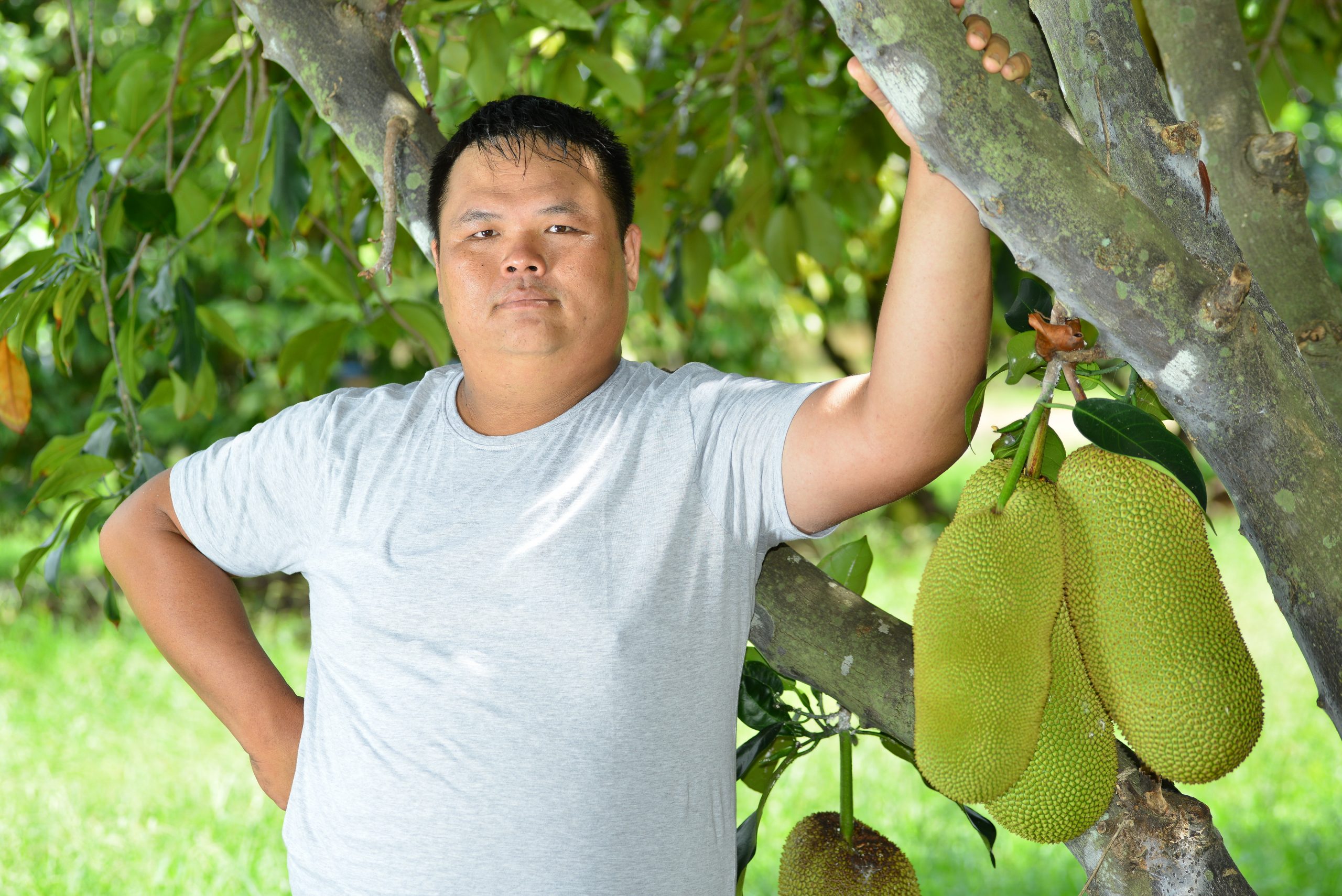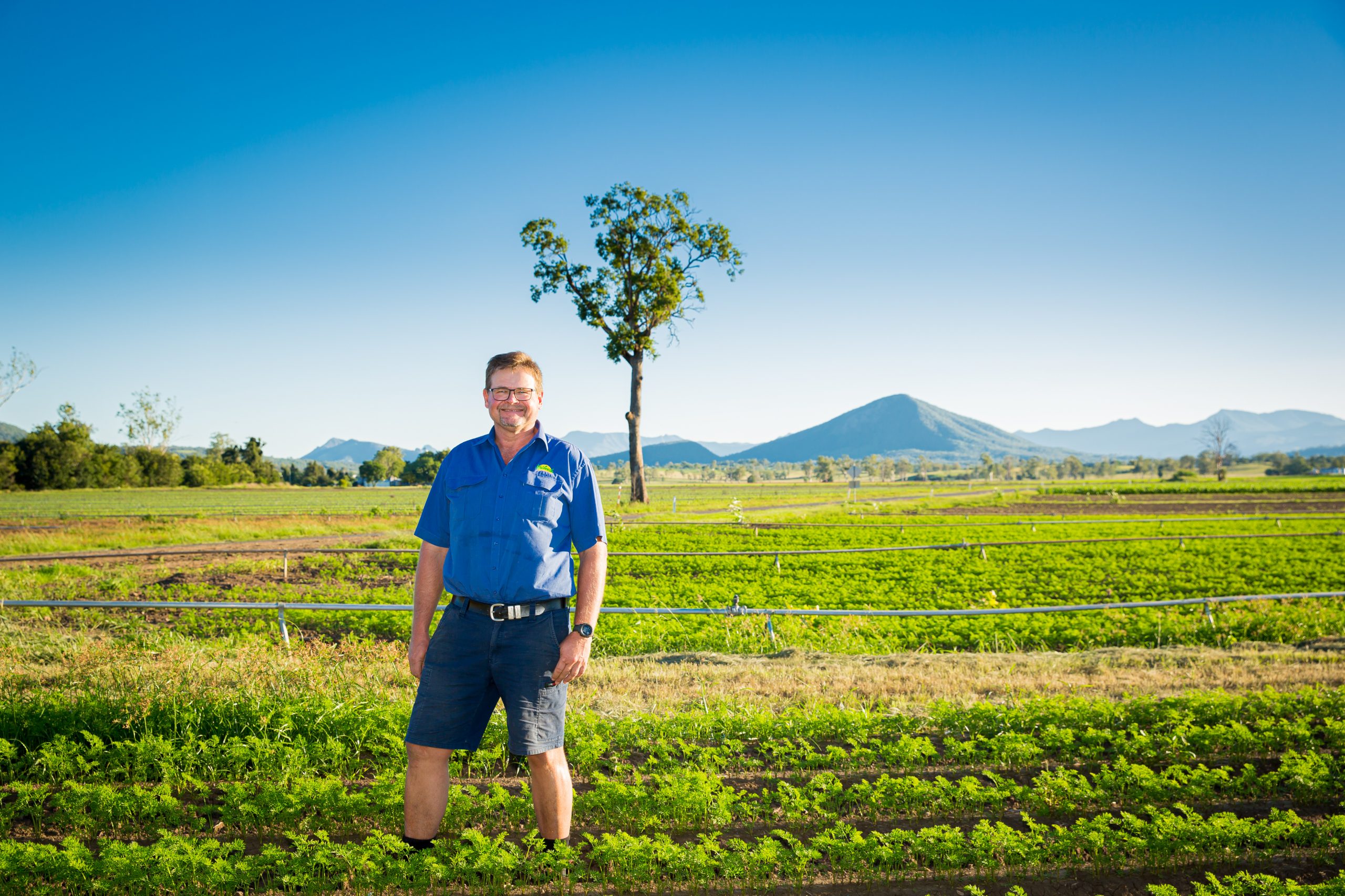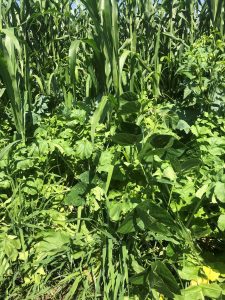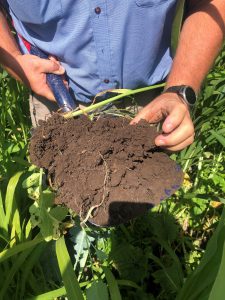
Innovation and collaboration key to addressing sustainability in northern Queensland
28 February 2022
Han Shiong Siah: Building a successful tropical fruit growing operation
28 February 2022After 30 years of growing vegetables in southern Queensland, Rob Hinrichsen (pictured above) is well-placed to assess the impact of soil health on his farming operation. Rob founded vegetable production and packing company, Kalfresh, with his father in the Fassifern Valley. The operation has expanded considerably over the years to supply produce year-round. In this article, Rob speaks about his soil health journey and what lies ahead.
The passion Rob Hinrichsen brings for growing healthy, tasty, nutrient-rich food centres around healthy soil. Kalfresh is well known for growing carrots, but also produces onions, green beans, sweet corn, baby capsicums and pumpkins.
Crucially, whenever there is a gap in the crop rotation of greater than two months, the operation will put in a cover crop rather than leaving the ground bare.
“With our summer-dominant rainfall, cover crops provide ground protection during the wet season. It’s then much better for our soil – if we do get any form of runoff – to stop the siltation and removal of nutrients from the farm,” Rob explains.
“Also, during the heat of summer, we’re actually capturing that sunlight and turning it into carbohydrate and pushing it into the soil, which is a far better outcome.”
Cover crops are mostly simply direct-drilled into beds when the beans and sweetcorn have been harvested, making the most of residual moisture.
Innovation at work
Controlled traffic farming is also a focus for Kalfresh, and Rob believes it is making a big difference. However, it hasn’t been easy, as the operation originally needed to adapt the technology from industries such as cotton to fit horticultural systems.
“We’re in a very rich, nutritious clay-based soil and driving on it with large machines just destroys it. As soon as we could get our machinery off where we’re going to grow our crops and put it on dedicated lanes, the soil just responded almost immediately,” he says.
From there, Rob and his team evolved to making their own compost and they are now applying it on Kalfresh land at least once a year. It’s a healthy soil systems approach that works in tandem with cover cropping and using biological products.
“We started making a compost out of used mushroom substrate, which is very high in all kinds of minerals that we need on the farm, and we also used chicken manure,” Rob says.
Another big focus for Kalfresh has been to reduce the waste that comes out of its packing sheds. Some of it can be fed to cattle, while some – such as waste onions – is used to make a more long-term humic-style compost.
When asked whether he believes cover cropping is worth it, Rob has a very simple answer – the process has to be treated as an investment.
“Treating the cover crops well and growing the biomass is important. But all that being said, I’ve seen some amazing things happen in multi-species cover crops that don’t happen in normal cropping,” he explains.
Sustainability focus
It has been an evolving journey. The original aim was to grow as many tonnes of cover crop as possible, before shifting to promoting on-farm diversity with multi-species cover crops as a way of maximising soil carbon and reducing pest pressure.
“It’s actually the carbon that the cover crop captures out of the air – and exudes from its roots as a component of the carbohydrate it uses to attract different fungi and bacteria – that is actually bringing our carbon level up, more so than ploughing in tonnes and tonnes of biomass,” Rob says.
The original spark to focus on soil health came from Rob’s involvement in the Bayer group Partnering With Innovation (PWI). Rob recently shared his soil health journey on HortCast, a Bayer podcast that delivers horticultural news and insights from innovative growers and consultants through a portable and informative show.
Rob told HortCast that his focus in the future is on strip tillage and controlled traffic harvesting. There’s still plenty left in his soil health journey, and he’s excited by the prospect.
“Soils are ancient things and changing them takes time. Even the issues that we’re seeing, or we have seen on our farm, are the result of 100 years of agriculture – and now we’re trying to reverse it,” Rob says.
“It’s like turning a ship; it takes time. And like I say, it’s an investment in the future.”
Find out more
To listen to HortCast, please click here.
Cover image taken by Anna Osetroff.



